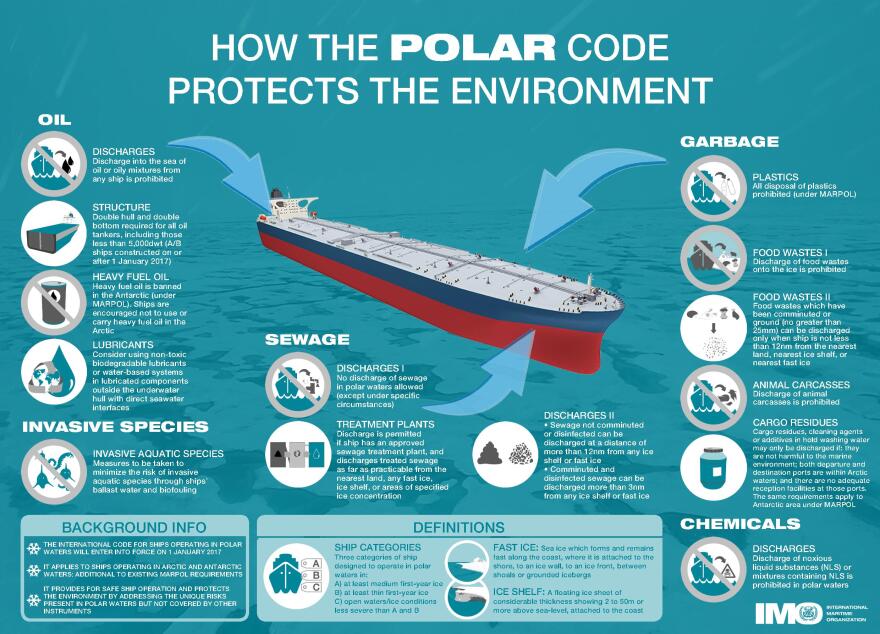Rules to reduce pollution from Arctic shipping …
Shipping in the Arctic has increased in recent years, as the warming climate has greatly reduced the region’s sea ice. In response, the Arctic Council and other international bodies have adopted the Polar Code, a set of rules that will require bigger freight and passenger ships to be equipped to operate safely and environmentally responsibly in both the Arctic and Antarctic.

“It was kind of a recognition by the international community that it was necessary to come up with some rules of the road that were specific to polar waters,” said UAF marine biology professor Brendan Kelly. He says the Polar Code, which goes into effect Jan. 1, includes provisions to reduce the environmental impacts of increased shipping in the Arctic.
“Those kinds of shipping activities open up the potential for oil spills,” Kelly said. “It also brings more ships that are not required to burn cleaner fuel, so they’re using heavy fuel oil, which is particularly a concern in ice-covered regions.”

It’s a concern because heavy fuel oil breaks down slowly in cold Arctic waters. And as the fuel is burned, it produces greenhouse gases and soot that’s harmful to health and that accelerates ice and snow melt.
U.S. Coast Guard Lt. Jonathan Dale says the Polar Code prohibits heavy fuel-oil use or storage in Antarctic waters, but only discourages it in the Arctic. He says the Polar Code addresses other environmental concerns, such as dumping sewage, garbage and contaminated bilge water into the ocean.
“We’re going to look at the oil, invasive species, sewage, garbage and chemicals,” Dale said. “And we’re going to closely look at how these are handled by all different ships.”
Dale oversees the Coast Guard’s inspections and investigations of vessels operating in waters around Alaska. He says the Polar Code also will require detailed emergency-response plans and better equipment, such as enhanced navigational gear. He says the rules will apply to ships that displace at least 500 gross tons, so they won’t affect most of Alaska’s commercial fishing fleet.



